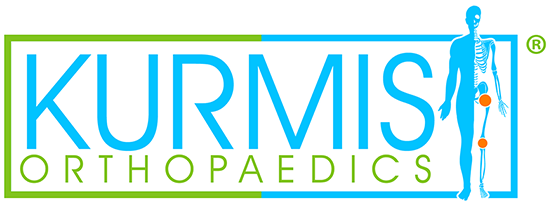If you were asked to look at this picture and decide which of these positions was classed as a “good” posture, chances are you would probably say the image on the right. The truth is it’s not that simple, and there is a lot of scientific evidence debunking the ideas of good and bad postures.

Common Myths:
- Upright = Good and Slouching = Bad.
Let’s start by looking at this idea from an efficiency perspective. If someone is sitting at their desk on their chair which has a backrest, sitting perfectly upright is actually a less mechanically advantageous position to be in as it takes more energy to maintain that position. In contrast, adopting a slightly more slouched position with the back against the backrest is more beneficial as it utilizes less energy to maintain. So if you had to sit at your desk for 8 hours a day, which position sounds better – the one that requires more or less energy to sustain?
Obviously we are not saying you should make it a goal to stay slouched as much as possible, but the idea is to simply make the effort to vary your body position throughout the day. Posture is meant to be dynamic. The body is built for mobility and is not meant to remain statically in any one position for an extended period of time. If you work in an office or at a desk, no matter what position you are in there will be some stress occurring on various structures. Changing your posture allows the stresses on those structures to be intermittent. After all, your best posture is your next posture.
- Fixing Posture = Fixing Pain.
Generally, the main reason someone would want to “fix” their posture is because they are experiencing some sort of neck/back/shoulder pain and they think that fixing their posture is the solution.
There is good evidence that if one thinks there is something wrong with their posture, that very belief can create or worsen pain which otherwise may not be noticed. This is known as “the Nocebo effect,” when you become more fragile and vulnerable to pain because you think your posture needs fixing when in reality it is perfectly fine.
This is supported by numerous studies stating that the link between posture and pain is not very strong. A 2018 study looking into the relationship between “text neck” (tilting the head down to look at a phone) and neck pain found no link between the two in a group of 150 young adults aged between 18-21 years.
More recently a 2021 study using a sample size of over 550 adults aged between 18-65 years found that “text neck was not associated with prevalence of neck pain, neck pain frequency, or maximum neck pain intensity in adults.”
Lastly, a systematic review collating 10 different studies found that there was no difference between thoracic kyphosis (upper back rounding) between groups with and without shoulder pain.
Whilst there have been studies undertaken that have shown links between some postural positions and pain levels, there is certainly not enough evidence to prove that posture is the sole cause of pain that many people think it is.
“I sit at a desk all day and feel neck and shoulder pain – I feel like it’s because of my poor posture”
The first crucial piece of information to understand is that pain is multifactorial and while postural stress at work may be a contributing factor, other factors like sleep, workload management and stress can contribute enormously as well.
“I can’t leave my desk whilst I’m working, so what should I do?”
One possible solution can be as simple as if you have to be at your desk all day, set a movement routine i.e. every time your phone lights up you can shift your weight from one side to another, or use a step under your desk and raise one foot up onto it at a time, or place a rolled up towel behind your back and soon after take it out and continue this cycle.
Each of these are simply examples of just how easy it is to vary your posture throughout the day which is imperative to ensuring you get the movement necessary to keep your body feeling fresh and good.
Takeaway Messages:
- Resistance training 2-3x per week with focus on foundational compound exercises will help prepare your body for daily tasks and postural challenges
- Having a regular cardio routine or step count goal is a good idea to promote general muscle and joint health and reduce back pain
- Make an effort to continuously vary posture throughout the day
- Remember that pain can be impacted by many factors
- Do not catastrophize pain when you feel it. Instead focus on modifying the tasks that you need to do in a less painful way
References:
For more information or to book an appointment, please call The Physio Clinic on 8342 1233.
Written by Peter Kollis | Exercise Physiologist at Prospect























